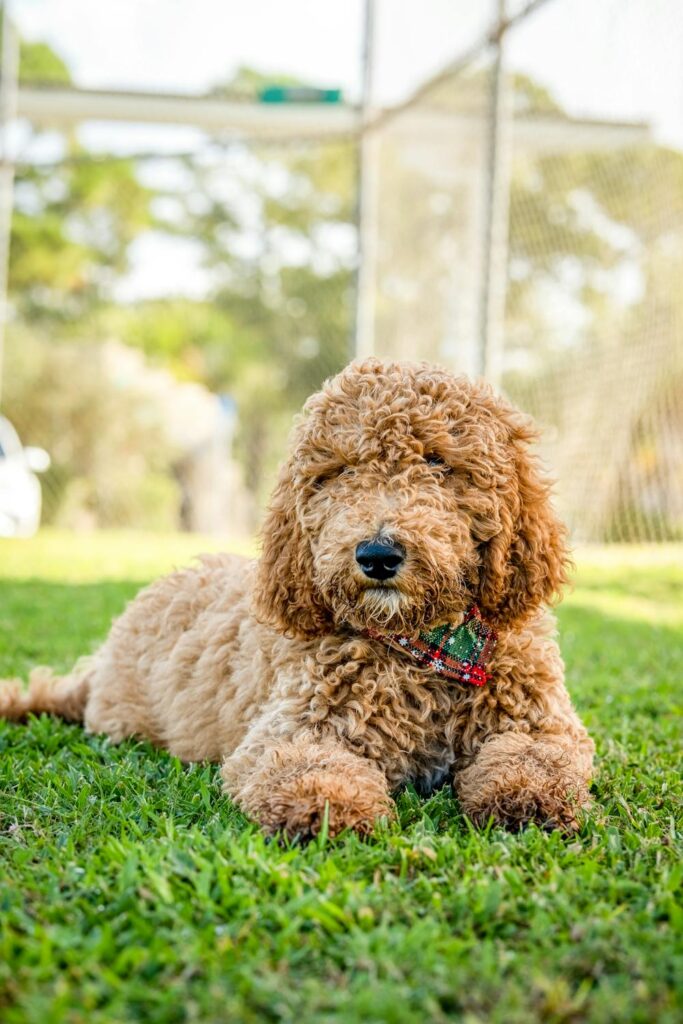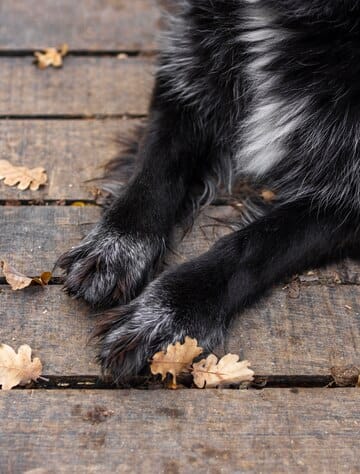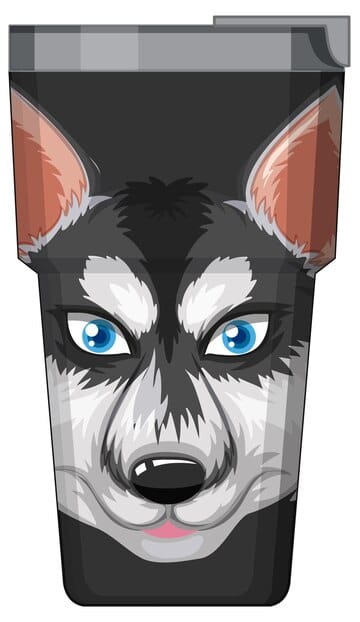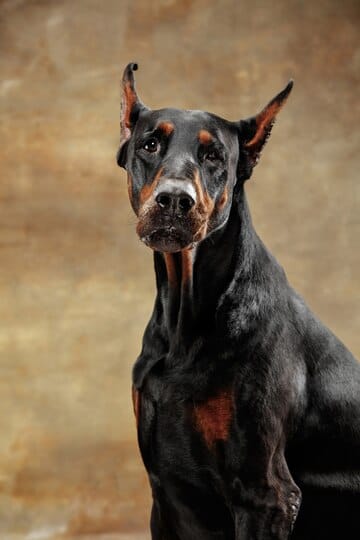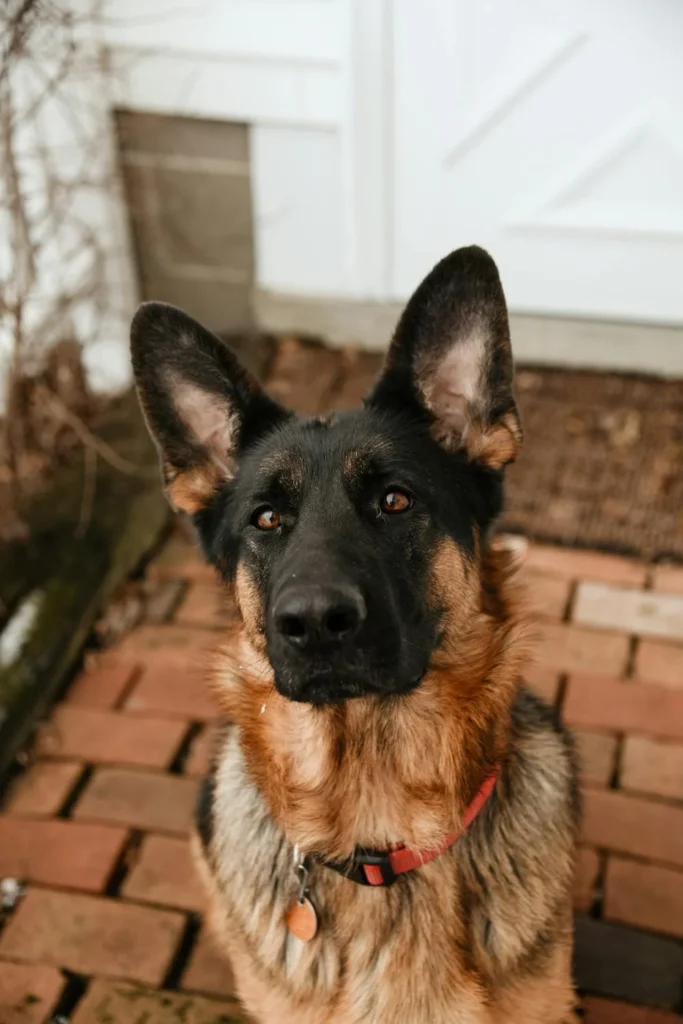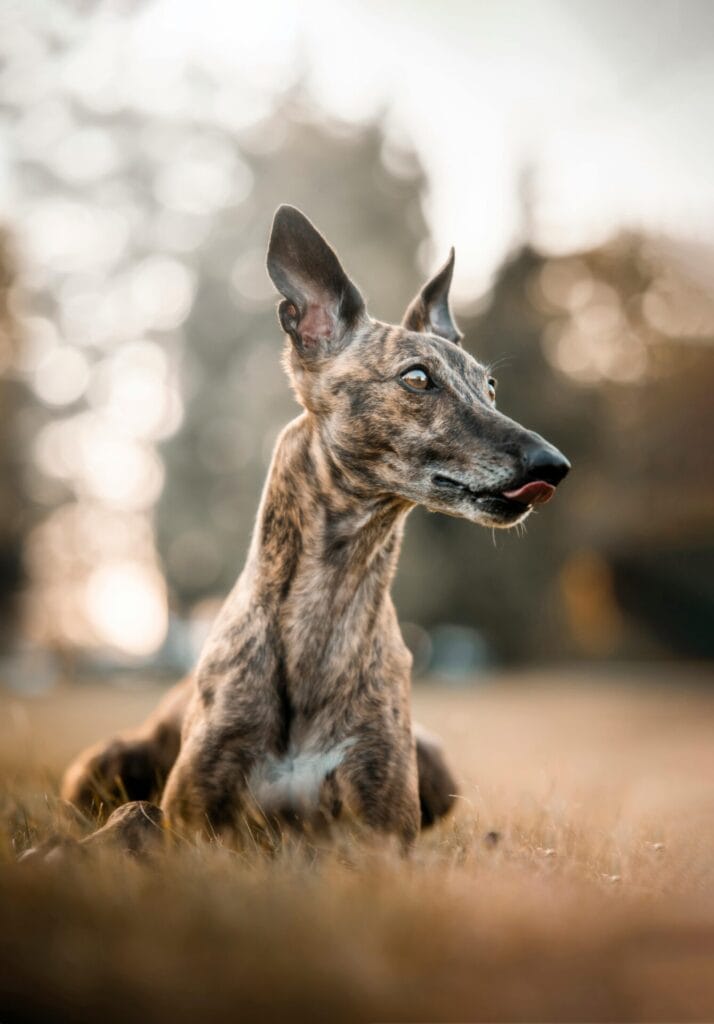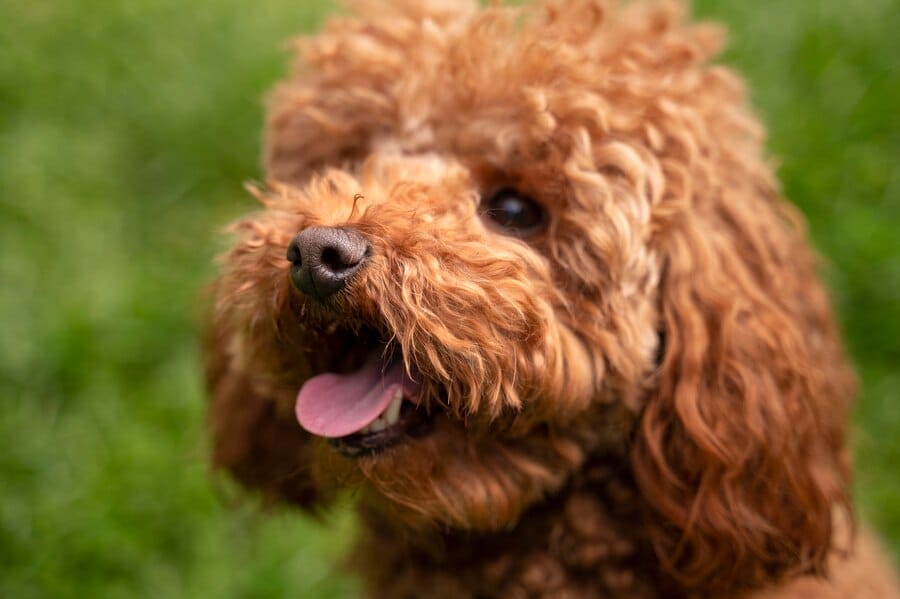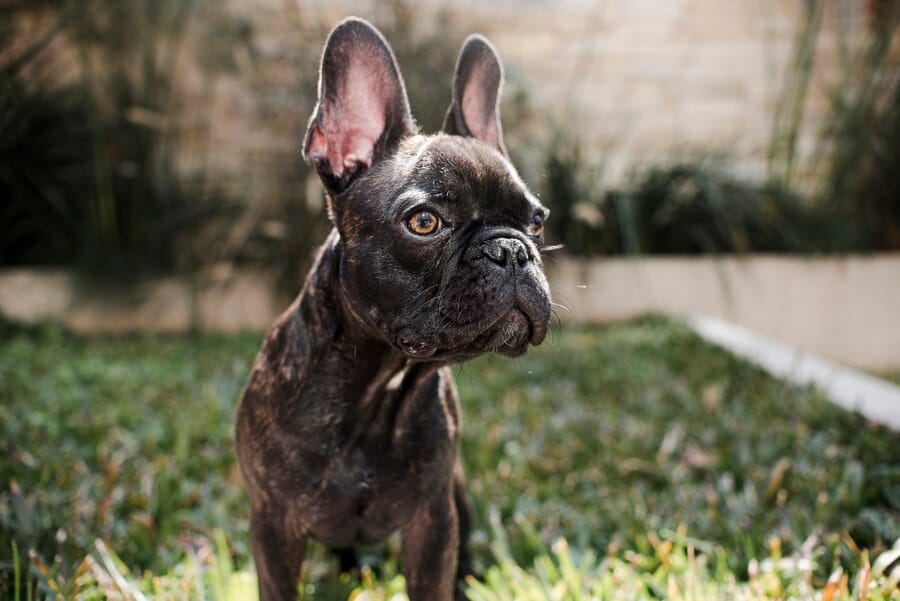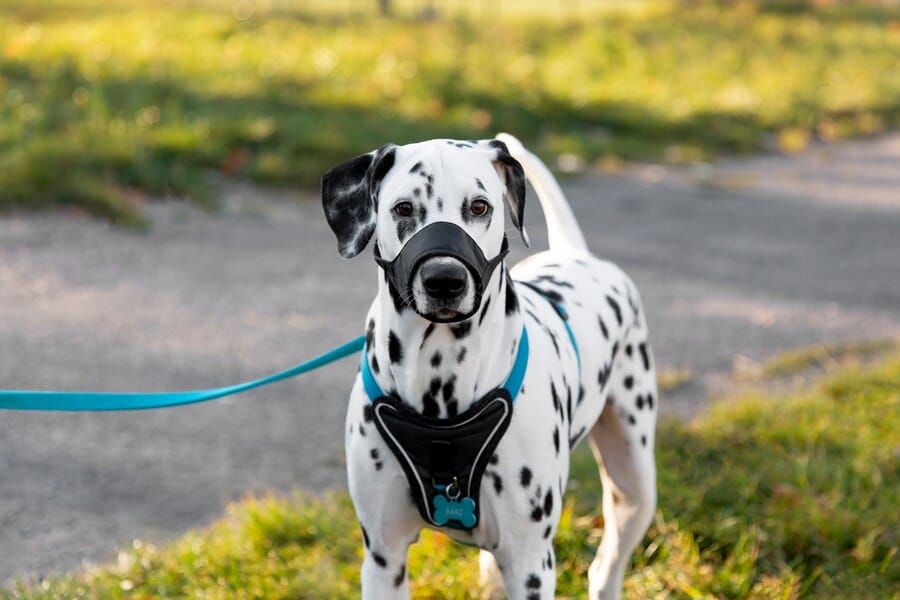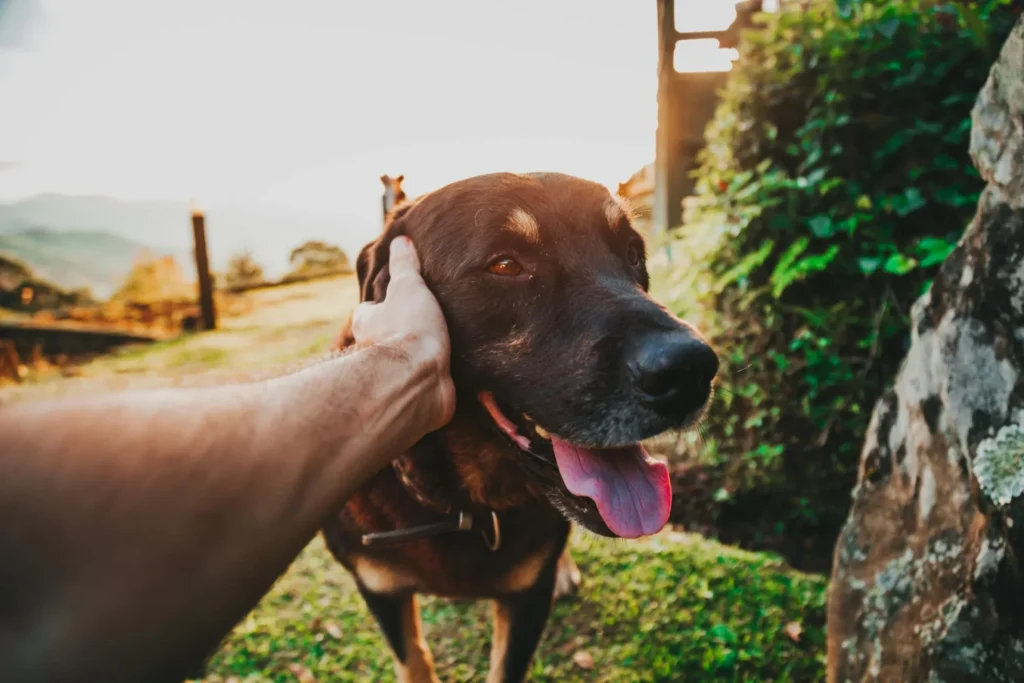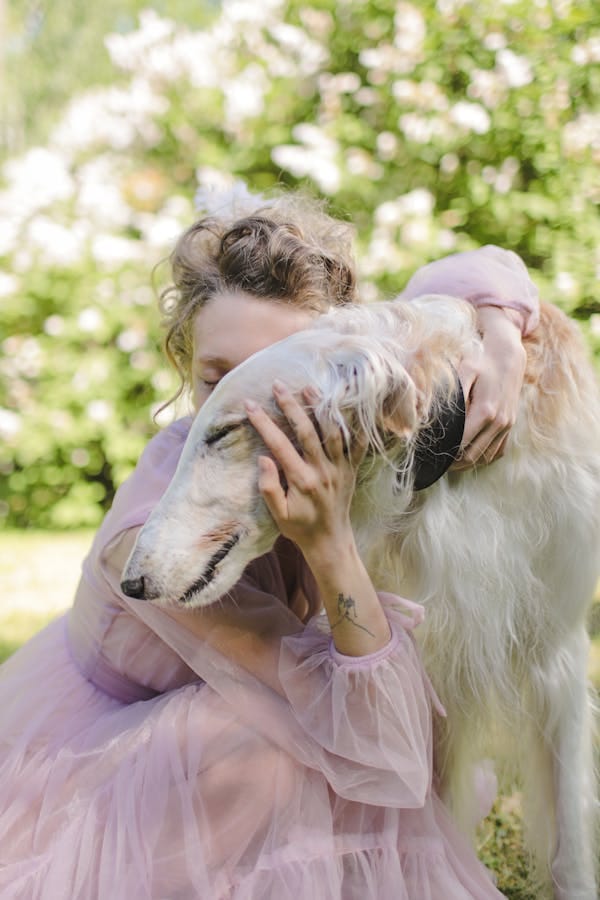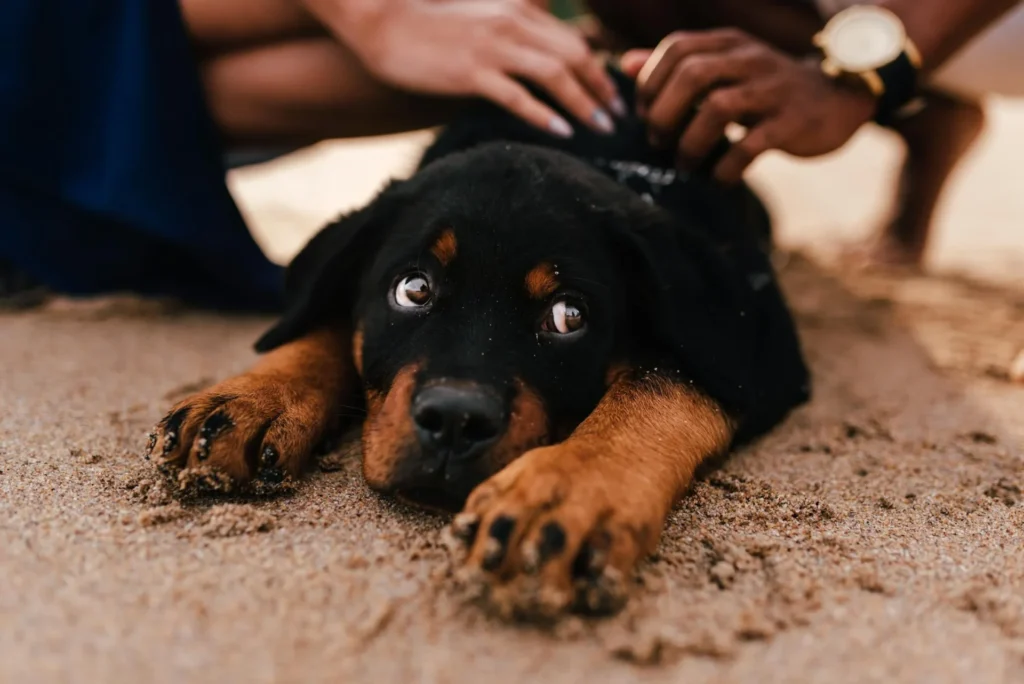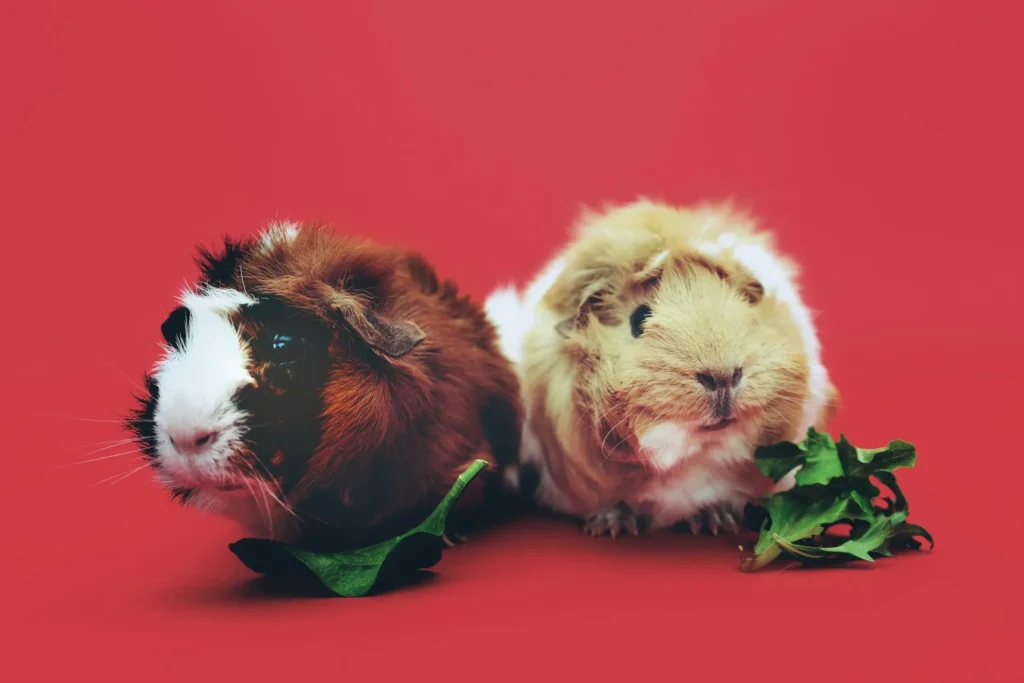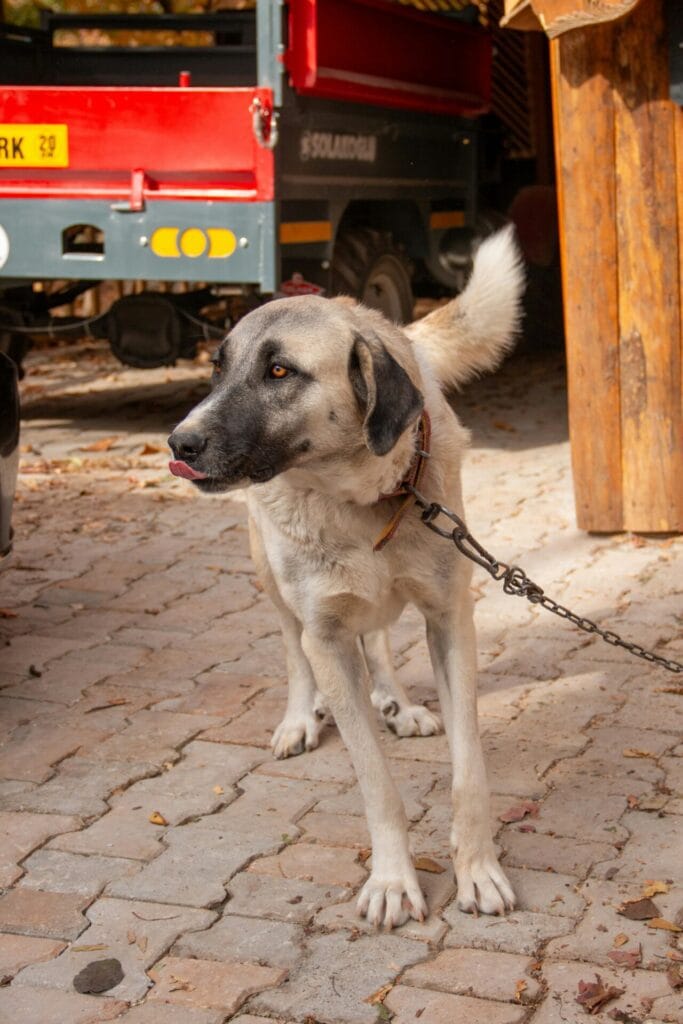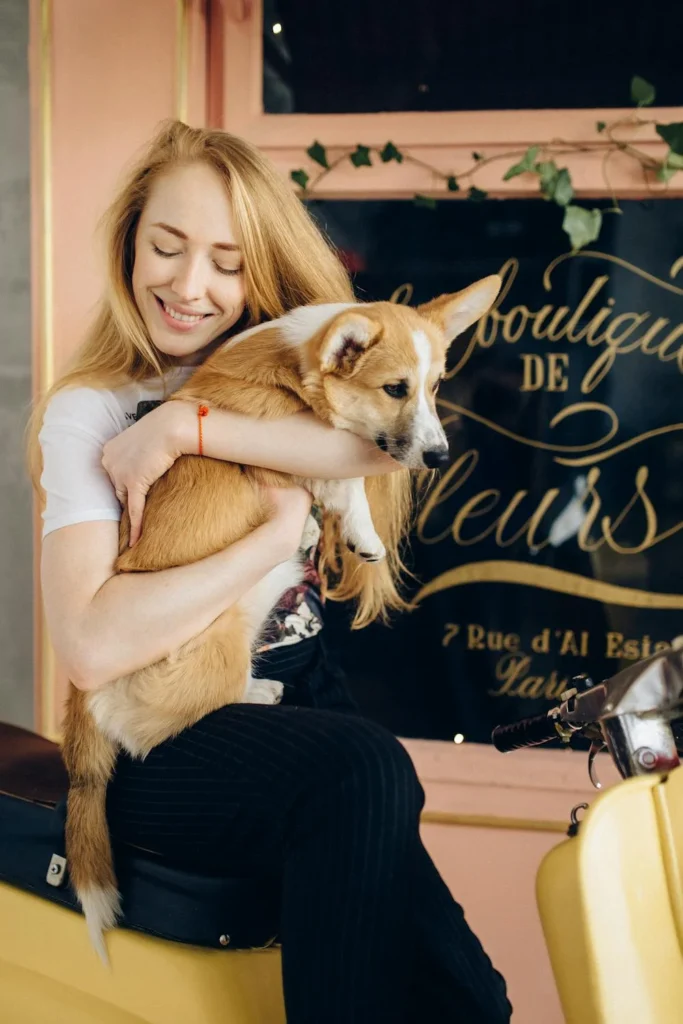- Poodle Puberty: The Beginning of the Reproductive Journey
- The Heat Cycle: A Symphony of Hormones
- Age and Health: When is it Safe to Breed?
- Pregnancy Prevention: More Than Just Spaying
- The Pregnancy Journey: From Conception to Whelping
- Whelping: The Big Day
- Post-Pregnancy: The Fourth Trimester
- Poodle Genetics: The Blueprint of Breed
- Ethics of Poodle Breeding: A Moral Compass
- FAQs: Your Burning Questions, Answered
- Conclusion: The Circle of Poodle Life
Have you ever gazed into your poodle’s soulful eyes and wondered about the mysteries of their reproductive life? Whether you’re a proud poodle parent, a breeder, or just a canine enthusiast, understanding poodle fertility is crucial. In this comprehensive guide, we’ll dive deep into the world of poodle reproduction, covering everything from their first heat to post-pregnancy care. We’ll also explore the intricacies of poodle genetics, the ethics of breeding, and how to ensure your poodle’s lifelong reproductive health.
Poodle Puberty: The Beginning of the Reproductive Journey
Just like humans, poodles go through a phase of sexual maturation. This period, often referred to as puberty, marks the beginning of their ability to reproduce. But when does this journey start?
Age of First Heat: It’s Not One-Size-Fits-All
Poodles come in three sizes – toy, miniature, and standard – and their first heat cycle can vary:
- Toy Poodles (up to 10 inches): Often start around 6-8 months
- Miniature Poodles (10-15 inches): Usually between 7-10 months
- Standard Poodles (over 15 inches): Generally later, around 9-12 months
“Genetics play a huge role,” says Dr. Emily Bark, a veterinarian with 15 years of experience in canine reproduction. “I’ve seen toy poodles from the same litter start their heats months apart.”
Factors Influencing First Heat
- Genetics: Some bloodlines mature earlier or later.
- Nutrition: Well-fed poodles might cycle earlier.
- Environment: Stress or the presence of other female dogs can influence timing.
Signs of First Heat: More Than Just Bleeding
Physical Changes:
- Swollen vulva (can be subtle in toys)
- Vaginal discharge (from light pink to red)
- Enlarged nipples
Behavioral Changes:
- Increased urination
- Restlessness or clinginess
- Attracting male dogs (even from a distance!)
The Heat Cycle: A Symphony of Hormones
A poodle’s heat cycle is a complex interplay of hormones, each stage with its unique characteristics. Let’s break it down:
The 4 Stages: A Closer Look
Proestrus (7-10 days):
- Estrogen rises, follicles develop in ovaries
- Bleeding from uterine lining shedding
- She’s not fertile yet, but males are interested
Estrus (5-14 days):
- Estrogen peaks, then drops; luteinizing hormone (LH) surges
- Ovulation occurs 24-48 hours after LH surge
- She’s receptive to males, fertile eggs ready
Diestrus (60-90 days):
- Progesterone rises, whether pregnant or not
- If pregnant, this stage lasts through pregnancy
- If not, she may show false pregnancy signs
Anestrus (100-150 days):
- Hormonal quiet time
- Body prepares for next cycle
| Stage | Hormones | Physical Signs | Behavioral Signs | Fertility |
|---|---|---|---|---|
| Proestrus | Estrogen ↑ | Swelling, bleeding | Attractive, not receptive | Not fertile |
| Estrus | LH surge, estrogen ↓ | Less bleeding, soft vulva | Receptive, “flagging” tail | Most fertile |
| Diestrus | Progesterone ↑ | Returns to normal | Less interest in males | Not fertile |
| Anestrus | Hormones low | Normal | Normal | Not fertile |
The Fertile Window: Timing is Everything
- Ovulation: 24-48 hours after LH surge
- Eggs viable: 24-48 hours
- Sperm viable: Up to 5 days in the reproductive tract
“The best breeding days are usually 2-4 days after the start of standing heat,” advises Dr. Bark. “But every poodle is unique. That’s why progesterone testing is gold for serious breeders.”
Age and Health: When is it Safe to Breed?
Just because your poodle can get pregnant doesn’t mean she should. Breeding too young or without proper health checks can lead to tragic outcomes.
The Right Age: It’s More Than Just Heats
- Toy and Miniature Poodles: Wait until at least the second heat, usually 12-18 months. Their small size makes pregnancy riskier.
- Standard Poodles: Best to wait until 18-24 months. They mature slower both physically and mentally.
Why Age Matters: More Than Just Numbers
- Physical Maturity: Young poodles might not have fully developed pelvises, leading to difficult births.
- Mental Maturity: Young moms might neglect or harm puppies due to immaturity.
- Health Issues: Early breeding can stunt growth or lead to long-term health problems.
Pre-Breeding Health Checks: A Non-Negotiable Checklist
Genetic Testing:
- Progressive Retinal Atrophy (PRA): Causes blindness
- von Willebrand’s Disease: A blood clotting disorder
- Neonatal Encephalopathy (NEwS): A neurological condition in standards
- Sebaceous Adenitis (SA): A skin disease
Physical Exams:
- Hip and elbow dysplasia (especially standards)
- Eye exams (cataracts, glaucoma)
- Patella luxation (kneecap dislocation)
General Health:
- Up-to-date vaccines
- Parasite-free
- Healthy weight
- No underlying conditions (heart, kidney issues)
“A responsible breeder is a detective,” says Mia Thompson, a poodle breeder for 20 years. “You dig into the family history, do every test available. One missed gene could mean a lifetime of suffering for the puppies.”
Pregnancy Prevention: More Than Just Spaying
Not every poodle is destined for motherhood. Let’s explore your options:
Spaying (Ovariohysterectomy): The Gold Standard
- What it is: Surgical removal of ovaries and uterus
Benefits:
- No heat cycles or pregnancies
- Reduces risk of mammary tumors (by 90% if done before first heat)
- Eliminates risk of pyometra (life-threatening uterine infection)
Considerations:
- It’s irreversible
- Slight increase in risk of certain cancers (but benefits often outweigh risks)
Timing of Spay: A Debated Topic
- Traditional View: Spay before first heat (6 months)
- Newer Research: Especially for standards, waiting until growth plates close (12-18 months) might reduce risk of joint issues and some cancers
- Discuss with your vet: They’ll consider your poodle’s size, lifestyle, and health history
Other Methods: Temporary Solutions
- Canine Birth Control Pills: Available in some countries. Not as reliable as spaying.
- Doggy Diapers & Isolation: Keep her away from males during heat. High-maintenance and not foolproof.
The Pregnancy Journey: From Conception to Whelping
If your poodle does get pregnant, it’s a rollercoaster of changes.
Pregnancy Duration: Mark Your Calendar
- Average: 63 days from ovulation (not mating)
- Range: 58-68 days
- Tip: Use progesterone levels to pinpoint ovulation for accurate due date
Confirming Pregnancy: More Than a Baby Bump
- Palpation: Vet can feel puppies around day 28-30
- Ultrasound: As early as day 25, see heartbeats and count puppies
- X-ray: After day 45, count skeletons (most accurate puppy count)
Stages of Canine Pregnancy: A Week-by-Week Guide
- Weeks 1-2: Fertilized eggs travel to uterus, implant
- Weeks 3-4: Embryos develop, attach to uterine wall
- Weeks 5-6: Major organ development, mom starts showing
- Weeks 7-9: Puppies grow rapidly, mom nests and may go off food
Pregnancy Care: It Takes a Village
Nutrition:
- Weeks 1-4: Regular adult food
- Weeks 5-9: Gradual switch to high-quality puppy food (more protein, calories)
- Supplements? Only if vet recommends
Exercise:
- Early pregnancy: Regular exercise
- Late pregnancy: Gentle walks, no rough play
Vet Visits:
- Weeks 3-4: Confirm pregnancy
- Week 6: Check puppy development
- Week 8: Pre-whelping check, discuss whelping plan
Whelping: The Big Day
Signs of Impending Labor
- Temperature Drop: From 101-102°F to below 99°F, 12-24 hours before labor
- Nesting: Intense digging, rearranging bedding
- Restlessness: Pacing, panting, refusing food
The Whelping Process: Nature’s Miracle
First Stage:
(6-12 hours): Uterine contractions, may shiver or pant
Second Stage (puppies born):
- Each puppy: 30-60 minutes, up to 4 hours between pups
- Mom licks puppy, eats placenta (it’s normal!)
Third Stage:
Placenta delivery (one per pup, count them!)
When to Worry: Know the Red Flags
- Green discharge before first puppy: Placental separation, emergency!
- Hard straining >30 minutes: Puppy stuck, call vet
- >4 hours between puppies: Might be more inside, vet check
Post-Pregnancy: The Fourth Trimester
The first weeks after birth are crucial for mom and pups.
Immediate Postpartum Care
First 24 Hours:
- Keep area quiet, warm (85°F first week, then lower gradually)
- Ensure all pups nurse (colostrum is critical)
- Vet check for mom and pups
Mom’s Recovery:
- High-calorie food (she needs 3-4 times normal calories!)
- Fresh water always
- Gentle exercise, potty breaks
Puppy Development: The Race is On
- Weeks 1-2: Eyes closed, eat and sleep
- Weeks 3-4: Eyes open, wobbly walking
- Weeks 5-6: Weaning starts, puppy food introduced
- Weeks 7-8: Fully weaned, ready for new homes (though 10-12 weeks is better for socialization)
Health Concerns: Stay Vigilant
For Mom:
- Mastitis (breast infection): Hot, hard mammary glands
- Metritis (uterine infection): Foul discharge, fever
- Eclampsia (calcium drop): Tremors, stiff gait – emergency!
For Puppies:
- Fading Puppy Syndrome: Weak, stop nursing – need vet ASAP
- Cleft Palate: Difficulty nursing, nasal discharge
- Umbilical Hernias: Bulge at belly button
Poodle Genetics: The Blueprint of Breed
Understanding poodle genetics isn’t just for breeders; it helps all owners make informed health decisions.
Coat Colors: More Than Just Pretty
Poodles come in a rainbow of colors, but some carry health risks:
- Black, Brown, White: Most common, generally healthy
- Blue, Gray: Dilute colors, can be prone to Color Dilution Alopecia (hair loss)
- Merle: Controversial. Can lead to blindness, deafness if two merle genes (so avoid merle-to-merle breeding)
Genetic Diversity: Why It Matters
- Inbreeding: Too much can lead to health issues, reduced litter sizes
- Coefficient of Inbreeding (COI): Aim for <5% over 10 generations
- Genetic Testing: Use to make diverse pairings, not just to avoid disease
“Genetic diversity is the poodle’s health insurance,” says Dr. Bark. “A genetically diverse poodle is more resilient to diseases and environmental stresses.”
Ethics of Poodle Breeding: A Moral Compass
With great breeding power comes great responsibility. Ethical breeding isn’t just about health; it’s about the breed’s future and each puppy’s quality of life.
Responsible Breeding Practices
- Health First: Never breed poodles with inheritable diseases
- Quality over Quantity: Limit litters per female (2-3 in her lifetime)
- Homes Ready: Have buyers lined up, never sell to pet stores or brokers
- Lifetime Commitment: Take back any poodle, anytime, no questions asked
Avoiding Puppy Mills: A Consumer’s Role
- Red Flags: Multiple breeds, always puppies available, won’t show facilities
- Do Your Part: Adopt from shelters or buy from responsible breeders only
Case Study: The Cost of Unethical Breeding
Lily, a rescued puppy mill poodle, had a host of issues: bad hips, progressive retinal atrophy, and crippling anxiety. Her vet, Dr. Samantha Reed, shares:
“Lily’s life is a struggle because someone chose profit over ethics. It’s heartbreaking. But it’s also a powerful lesson: every puppy purchase is a vote. Vote wisely.”
FAQs: Your Burning Questions, Answered
- Q: Can poodles get pregnant on their first heat?
A: Yes, but it’s not recommended due to physical and mental immaturity. - Q: How many litters can a poodle have in a year?
A: Physically, 2-3. Ethically, limit to one per year, with years off in between. - Q: Do poodles need C-sections more than other breeds?
A: Not typically. But toys and older first-time moms might need them more often. - Q: Can you DNA test puppies to determine the father?
A: Yes! It’s useful if there was an accidental mating. - Q: How soon can puppies be microchipped?
A: As early as 6 weeks, but often done with first vaccines around 8 weeks. - Q: Do poodles recognize their offspring?
A: Initially yes, but after weaning, they generally don’t show recognition.
Conclusion: The Circle of Poodle Life
From their first heat to their golden years, a poodle’s reproductive journey is complex and fascinating. Whether you’re planning a carefully bred litter or cherishing your spayed companion, understanding this journey enriches your bond.
Remember, with knowledge comes responsibility. Every decision, from when to spay to which stud to choose, impacts not just your poodle but the breed’s future. Armed with this guide, you’re ready to make choices that honor the poodle’s legacy of intelligence, grace, and resilience.
Here’s to healthy poodles, ethical practices, and the joy these curly-coated companions bring into our lives. May your poodle journey, whatever path it takes, be filled with wiggles, woofs, and endless love!

